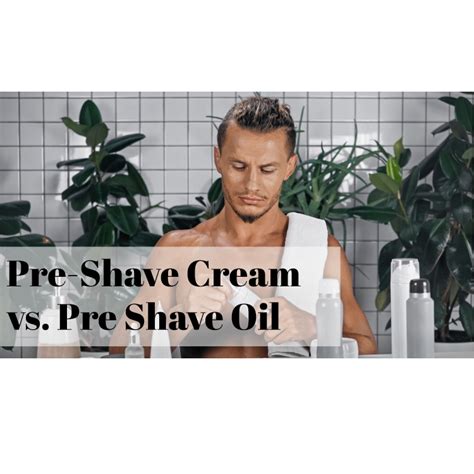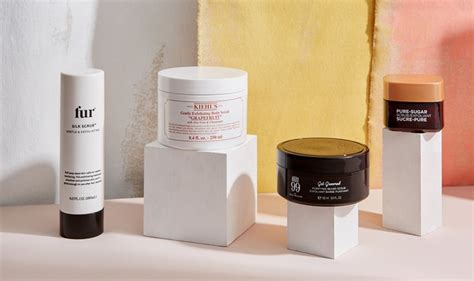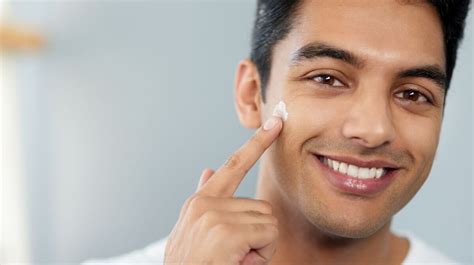Elite shave: Prevent razor burn and ingrown hairs for a sharp, confident look?

Unlock the Secret to a Flawless Shave
For many, shaving is a daily ritual, yet for some, it’s a battle against irritating razor burn and pesky ingrown hairs. These common adversaries can undermine an otherwise sharp appearance, leaving skin red, bumpy, and uncomfortable. The good news? Achieving an elite shave—one that leaves your skin smooth, healthy, and radiates confidence—is entirely within reach. It’s not about magic, but about adopting a meticulous approach to preparation, technique, and aftercare.
Understanding the Enemies: Razor Burn and Ingrown Hairs
Before we conquer them, let’s understand what we’re up against. Razor burn is acute skin irritation caused by improper shaving techniques, dull blades, or shaving against the grain. It manifests as redness, stinging, and sometimes small bumps. Ingrown hairs, on the other hand, occur when a shaved hair curls back into the skin and grows inwards, leading to inflammation, redness, and painful bumps. Both can be unsightly and uncomfortable, but with the right strategy, they can be largely avoided.
The Pre-Shave Ritual: Preparation is Key
The foundation of a great shave begins long before the blade touches your skin. Proper preparation softens your facial hair and primes your skin, making it more pliable and less prone to irritation.
- Warm Up: Start by washing your face with warm water or taking a hot shower. The steam helps to open pores and soften hair follicles, making hairs easier to cut.
- Exfoliate Gently: Once or twice a week, use a gentle facial scrub to remove dead skin cells. This helps to lift hairs away from the skin, preventing them from curling back and becoming ingrown.
- Apply Pre-Shave Oil: A good quality pre-shave oil creates a protective barrier on your skin, allowing the razor to glide more smoothly and reducing friction.

During the Shave: Technique Matters Most
This is where precision and patience pay off. Your shaving technique is paramount in preventing irritation and ensuring a close, comfortable shave.
- Use a Sharp Blade: A dull blade is the primary culprit behind razor burn. It tugs at hairs instead of cutting them cleanly, leading to irritation. Replace your razor blade every 5-7 shaves, or sooner if you feel any tugging.
- Lather Up Properly: Use a rich, hydrating shave cream or gel that creates a thick, protective lather. Apply it generously and let it sit for a minute or two to further soften the hairs.
- Shave with the Grain: Always shave in the direction your hair grows. While shaving against the grain might feel like a closer shave, it significantly increases the risk of razor burn and ingrown hairs. For a closer finish, you can do a second pass across the grain, but never against it if you’re prone to irritation.
- Minimal Pressure: Let the razor do the work. Pressing too hard can cause nicks, cuts, and irritation. Use short, light strokes.
- Rinse Frequently: Rinse your razor blade under warm water after every few strokes to clear away hair and shaving cream, ensuring optimal performance.

Post-Shave Care: Soothe and Protect
The shave isn’t over when the last hair is cut. Post-shave care is crucial for calming the skin, preventing irritation, and maintaining its health.
- Cold Rinse: After shaving, rinse your face with cold water to close pores and soothe the skin.
- Apply Aftershave Balm: Opt for an alcohol-free aftershave balm or lotion. Alcohol-based products can dry out and irritate the skin. Look for ingredients like aloe vera, witch hazel, or chamomile for their soothing properties.
- Moisturize: Follow up with a good facial moisturizer to keep your skin hydrated and supple throughout the day.

Combatting Persistent Ingrown Hairs
If despite your best efforts, you still experience ingrown hairs, there are additional steps you can take:
- Topical Treatments: Products containing salicylic acid or glycolic acid can help to gently exfoliate the skin and free trapped hairs. Apply them regularly to affected areas.
- Warm Compress: For existing ingrown hairs, apply a warm compress to the area to help bring the hair to the surface.
- Do Not Pick or Squeeze: Resist the urge to pick or squeeze ingrown hairs, as this can lead to infection and scarring.

Choosing Your Tools Wisely
The right equipment makes a significant difference. While personal preference plays a role, consider:
- Safety Razor vs. Cartridge Razor: Many find safety razors, with a single sharp blade, to be less irritating than multi-blade cartridge razors which can cut hairs below the skin surface, increasing the likelihood of ingrown hairs.
- Shaving Brush: A good shaving brush helps to create a rich lather and lift facial hairs, preparing them for a cleaner cut.

Embrace the Elite Shave
Achieving an elite shave that consistently leaves you with smooth, irritation-free skin is a journey of understanding your skin and mastering your technique. By committing to a thorough pre-shave ritual, employing careful shaving practices, and nourishing your skin post-shave, you can transform a mundane chore into an enjoyable part of your grooming routine. Embrace these habits, and step out with a truly sharp and confident look, every single day.






